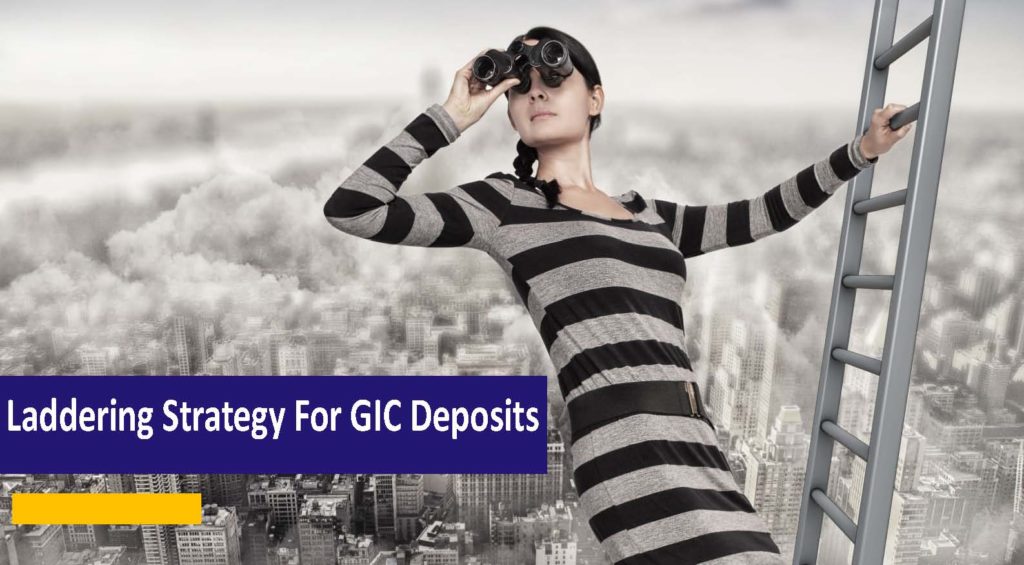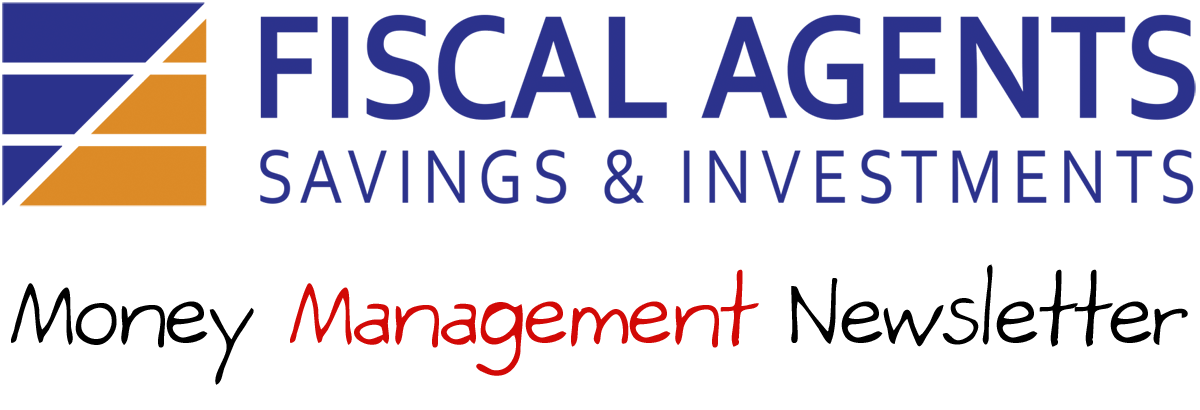
Investors seeking safe havens often turn to guaranteed investment certificates (GICs), but in many cases don’t realize that these investment products can offer flexibility and liquidity as well as security.
Frequently ignored benefits of wisely managed GICs can include penalty-free access to a source of income just when it’s needed and the elimination of guesswork in relation to fluctuating interest rates.
These advantages and more can be secured through a portfolio management technique known as laddering. It’s a relatively simple concept. Basically, you purposefully purchase GICs with different maturity dates and thus rates of return. This can be extremely useful in meeting various needs.
Consider income taxes. Many investors struggle to come up with cash to meet their quarterly income tax obligations. A GIC that pays interest every three months can free them from that worry. And it’s the same with any other periodic obligation such as property tax.
Here’s how to start building a GIC ladder. Using a calendar, document your periodic expenses. Then review the streams of cash you have access to. There may be regular pension payments, cheques from government sources and income from investments including GICs.
Carefully assess the maturity dates of your GICs. Do they match the timing of big obligations? If not, you may wish to temporarily park funds in a short-term deposit or investment savings account and wait to reinvest so maturity and interest payments can provide cash just before your obligations come due.
You’ll likely be surprised at the variety of terms being offered to help investors meet specific needs. Some institutions have GICs with 18-, 19- or 20-month terms. These can be incorporated into a laddered GIC portfolio as an alternative or complement to shorter terms.
Adjusting your GIC holdings to meet your liquidity needs over time can produce other benefits such as balancing the annual cash flow and possibly shifting portions of the portfolio into other types of investment vehicles for potentially higher returns.
Another consideration: investors who hold one large GIC or several that renew at the same time lose flexibility because they are limited to accepting whatever rate is offered when their investments mature. Some suffer a sinking feeling when most of their portfolio’s conservative component is due for renewal at very low returns for the foreseeable future. They then face the stress of considering higher-yielding alternative investments. Laddering avoids the risk of mass renewal during a period of low GIC returns.
Check the chart on this page to see how a set amount – say $25,000 – can be divided equally into five GICs maturing one year apart. This provides access to one-fifth of the capital each year without disturbing the full amount. If rates are rising as a deposit nears maturity, you can reinvest it at the new higher rate. If rates are softening, you’re assured that not all of your capital will have to be renewed in a low-rate environment.
When the first year ends your one-year deposit matures and you’re left with four deposits covering the next four years. If you don’t need money from the maturity, you can now reinvest it in a five-year deposit to fill out your five-year ladder. This creates a cycle in which each year’s money is reinvested for five years, normally the term that pays the highest rate.
